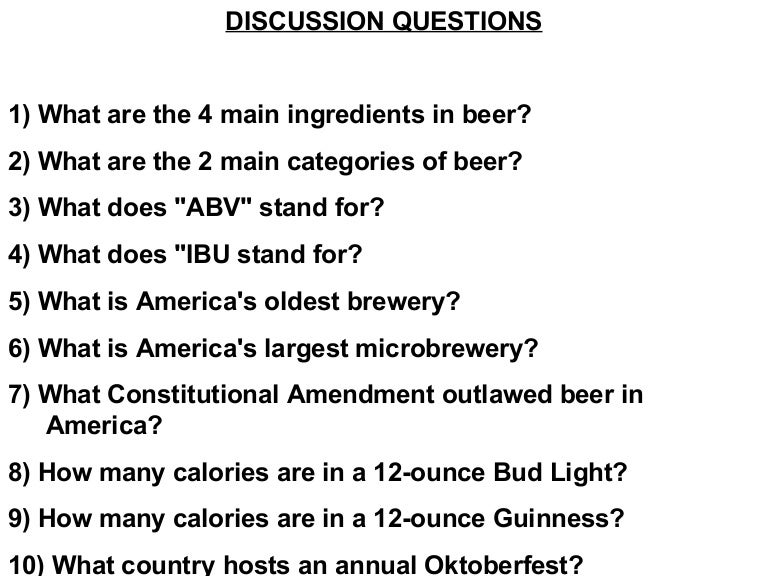Some Known Facts About Alcohol Near Me.
Wiki Article
The Ultimate Guide To Fine Wine And Good Spirits
Table of ContentsSome Ideas on Bottle Shop Near Me You Should KnowTop Guidelines Of Abc Store Near MeFacts About Liquor Store UncoveredWine Store Near Me - An OverviewLiquor Store Near Me Can Be Fun For Anyone

Rye is a spicy, natural malt that can produce a syrupy mouthfeel. Is corn and rice, which are the least expensive resource of starch usually used by huge name beer brands.
Luckily, only a percentage is required in most sets of beer. Naturally, there are some styles that need a heafty dosage of hops like every hopheads favorite, IPAs. Jumps are what offer bitterness as well as aromas to beer and on top of this have a preservative effect because of its anti-bacterial high qualities.
The Best Guide To Wine Store Near Me
Dual target hops have both a big amount of alpha acids and also hop aromas, with common instances being: Amarillo, Mosaic, Citra, as well as Northern Brewer (alcohol near me). Yeast is a living microorganism that can be found in numerous species. In general, brewers make use of separated or cultivated yeasts, meaning that all of the yeast cells will be the very same, which then allows brewers to have even more control during fermentation.
What Is Malt? In this first of this collection, we will certainly check out malt, the basis for all beers, so crucial that it is both a verb and also a noun. The basic meaning of malt the noun is it is the grain that goes into beer, offering the sugars that the yeast converts to alcohol as well as carbon dioxide.
An Unbiased View of Wine And Spirits
It is likewise in charge of the body of the beer, that amorphous word that is component thickness as well as viscosity, as well as part mouthfeel or texture of the beer. To Make Beer, You Must Malt Your Grains What Is Malting? The verb "to malt, or malting, is the procedure that changes raw cereal grains to the germinated refined malt that is the needed ingredient in not just in beer, yet likewise scotch, gin, vodka as well as all various other grain spirits.Its greater diastatic power provides it more enzymes, which makes it more useful for lighter beers, maotai or ones with a big amount of adjuncts, like the common ales which dominate practically every anonymous beer market in the globe. For those of you residing in Alberta, Canada, the province is residence to a few of the very best beer barley in the globe.

The Buzz on Abc Store Near Me
As a result of their high temperature level roasting, these kinds of malt have little enzyme task so they can not be made use of alone in a mash. Also, just 1-5% of the recipe's grain expense require consist of these malts in order to supply the necessary colour for dark beer. Photo from: Randy Mosher's Sampling Beer History of Beer Malting Historically, light coloured malts were dried by the sun, or in a warm space.What Is Wheat? Wheat is the 2nd most popular malted grain, the crucial ingredient in all wheat beers. In Germany, to be called a weizenbier (wheat beer), at least 50% of the grist need to be wheat, a need that doesn't exist in other countries. Additionally, it is usually used in small quantities in numerous beer styles to assist in head retention.
There are These create the basis of all dishes and also every one plays an integral component in the beer's personality. Yes there are other active ingredients (like the cheery holiday ones near all-time low of this short article) utilized as well as they are numerous, yet these are the big 4 cornerstones that make up nearly every set of beer that is brewed today in the house, at the regional craft brewery, and the national chains.
The Basic Principles Of Liquor
At 90% by quantity, it is obvious that the water used in brewing has a huge influence on the completed item. Lots of styles of beer are recognized for the water used. Famous Water Take the traditional Pilsner originally brewed in the city of Pilsen, Bohemia. The soft water there is in charge of the fragile, crisp preference of the read the full info here Pilsner that really defines the style.
Nowadays, the brewer is not at the mercy of his local supply of water. If the water is sub-par he can treat it till it is of making high quality. Makers (consisting of homebrewers) can even adjust their water profile to recreate a traditional design. Desire a Burton-style light ale? No issue, throw some developing salts in the pot as well as you've gone Burton.
Still, make sure you give water it's rightful area in the cupboard of active ingredients. Barley You have a cereal grain to give thanks to for that loopy feeling you get after drinking a few containers. But before you go billing toward the corn flakes, obtain the realities on exactly how barley acts as the food source for the yeast in your beer.
Report this wiki page